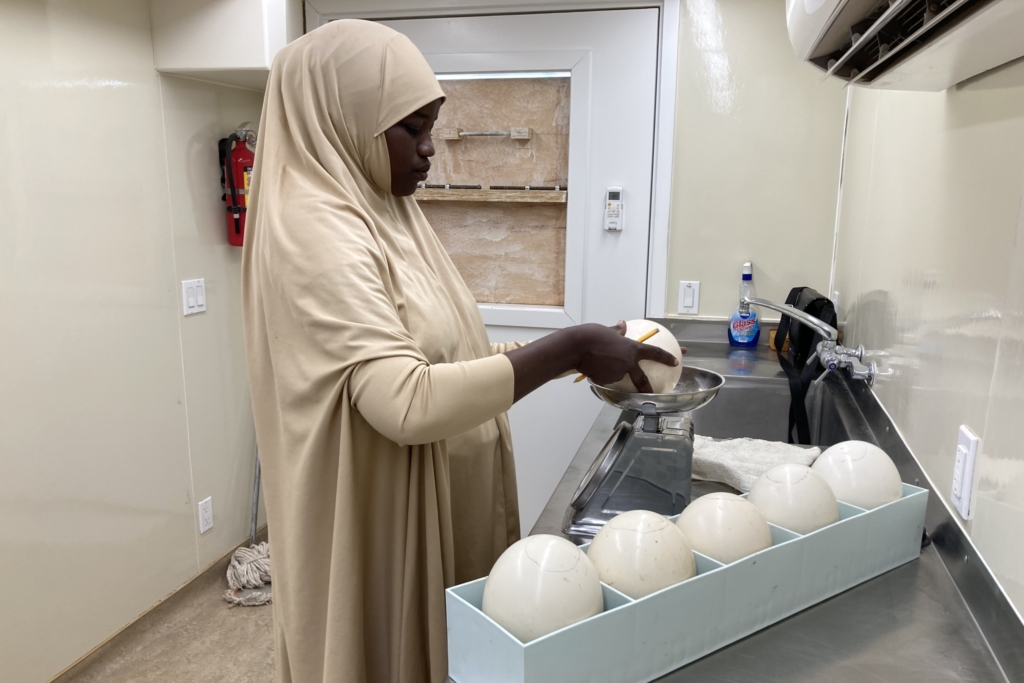
North African ostrich recovery
With the exception of a few small savanna populations, the North African ostrich has completely disappeared from its previously vast Sahelo-Saharan range. Sahara Conservation’s North African Ostrich Recovery Project aims to provide the framework, resources, and technical support to restore to the wild this highly-adapted desert race of ostrich in Niger and Chad.
What are we doing to restore the North African ostrich?
As one of its first conservation projects undertaken in the region, the North African Ostrich Recovery Project is fully part of Sahara Conservation’s DNA. Our goal is to produce enough birds in Niger and Chad, to begin returning small numbers of ostrich safely to the wild.

In 2007, Sahara Conservation, Saint Louis Zoo, the AZA Struthioniformes Taxon Advisory Group, and a local Nigerien NGO, called CERNK, partnered on a groundbreaking effort to save the threatened North African ostrich and aid its recovery in Niger, where it became extinct in 2004.
In this context, Sahara Conservation’s engagement towards this iconic bird grew up to develop and manage an ostrich breeding site in Kellé, central Niger, with the support of CERNK. Since 2011, Sahara Conservation has been responsible for the complete management of the site, training and employing Nigerien professionals to take care of operations. Since then, a continuous improvement in site management, infrastructure, and care, including the establishment of a diet and the confection of enclosures according to standards recommended by the American Association of Zoos and Aquariums, has increased ostrich survival and productivity.


In 2017, Sahara Conservation started supporting a second North African ostrich captive breeding site in Mainé-Soroa, in southern Niger.
In 2020, Sahara Conservation and the Wildlife authorities in charge of the management of the Gadabedji Biosphere Reserve (central Niger), undertook the first transfer of North African ostriches to a protected area in Niger with the view of reintroducing the species back to the wild.


Also in 2020, but this time in Chad, Sahara Conservation and African Parks carried out a joint-effort to reintroduce North African ostriches to Ouadi Rimé-Ouadi Achim Faunal Reserve (central Chad) and to Ennedi Natural and Cultural Reserve (in north-east Chad) with wild ostrich chicks from Zakouma National Park, in southern Chad.

The aim of the work of Sahara conservation on North African Ostriches is to bring this bird back to its natural habitat in the wild in Niger and in central Chad in the Ouadi Rimé – Ouadi Achim Faunal Reserve.
Our partners
























